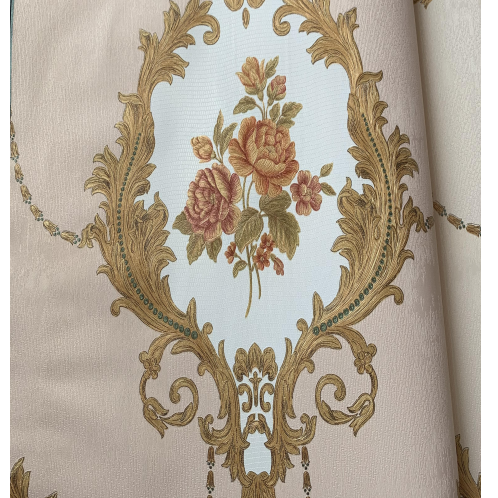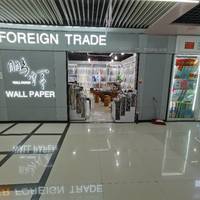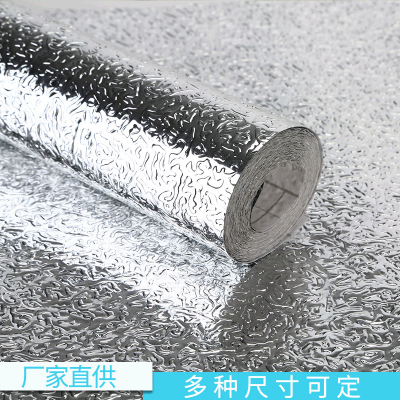The Integration of Traditional and Modern Chinese Wallpaper Art
The Integration of Traditional and Modern Chinese Wallpaper Art
In the long history of China, wallpaper, as a unique decorative art, carries rich cultural connotations and aesthetic tastes. From ancient times to the present, it has not only been an important component of home decoration, but also a direct reflection of the era's style and aesthetic concepts. With the changes of the times, Chinese wallpaper art actively absorbs modern design concepts while retaining the essence of tradition, forming a unique style of harmonious coexistence between tradition and modernity.

Traditional Wallpaper: Historical Imprints and Cultural Inheritance
Chinese traditional wallpaper is renowned for its exquisite craftsmanship, rich patterns, and profound cultural heritage. From ancient embroidered wallpapers and hand-painted murals to carved wallpapers from the Ming and Qing dynasties, each style embodies the wisdom of craftsmen and the aesthetic pursuit of the times. These wallpaper patterns are diverse, ranging from auspicious symbols such as dragons and phoenixes, peonies and wealth, to natural landscapes such as mountains, waters, flowers and birds. Each one is an exquisite work of art, allowing people to feel a strong cultural atmosphere while appreciating.
The Integration of Modern Design: The Collision of Innovation and Tradition
Entering modern times, with the improvement of people's living standards and the transformation of aesthetic concepts, Chinese wallpaper art is constantly innovating and developing. Designers are beginning to integrate modern design concepts into traditional wallpapers, giving them new vitality through simple lines, abstract patterns, and the use of environmentally friendly materials. At the same time, the introduction of digital printing technology has made wallpaper patterns more refined and colors more abundant, meeting modern people's pursuit of personalized and high-quality life.
In this process, China's first wallpaper manufacturers, as leaders in the industry, have always been committed to combining traditional wallpaper craftsmanship with modern design concepts, launching a series of products that are both culturally rich and fashionable. Its direct sales point located in the fourth district of Yiwu International Trade City in China has become an important window for showcasing the new style of Chinese wallpaper art.
The harmonious coexistence of tradition and modernity
In the development process of Chinese wallpaper art, the integration of tradition and modernity is not simply a superposition, but a process of mutual infiltration and influence. The patterns, colors, and craftsmanship of traditional wallpapers provide rich materials and inspiration for modern design, while modern design concepts endow traditional wallpapers with new forms of expression and aesthetic value. This harmonious symbiotic relationship not only allows Chinese wallpaper art to retain its traditional charm, but also has a stronger sense of the times and market competitiveness.
Nowadays, in the streets and alleys of China, whether it is ancient courtyard houses or modern minimalist apartment buildings, the figure of Chinese wallpaper art can be seen. They decorate people's living spaces with their unique charm, conveying the cultural confidence and aesthetic pursuit of the Chinese nation.
epilogue
Chinese wallpaper art, as an important component of traditional Chinese culture, has undergone a continuous process of inheritance and innovation in its development. In the future, we have reason to believe that with the advancement of technology and the continuous changes in people's aesthetic concepts, Chinese wallpaper art will continue to shine with new brilliance in the integration of tradition and modernity, bringing more beauty and surprises to people's lives.









